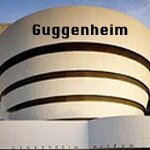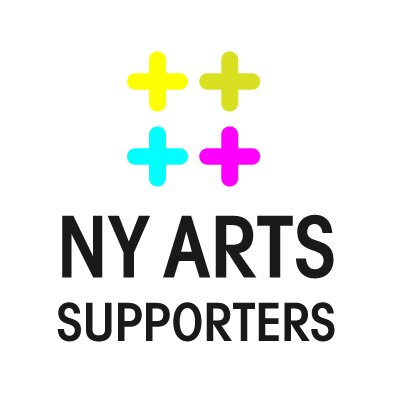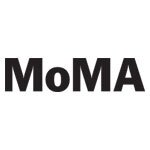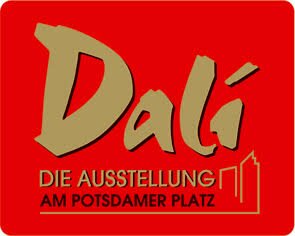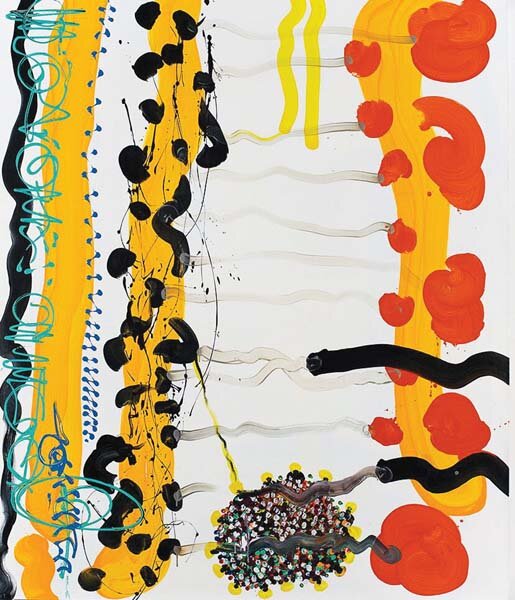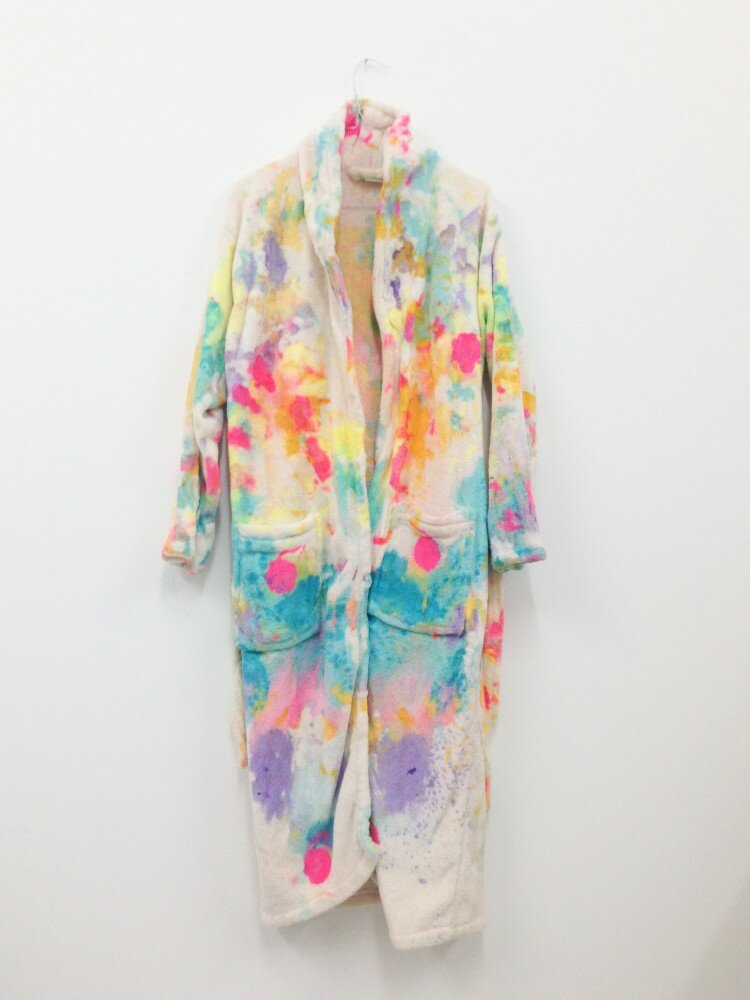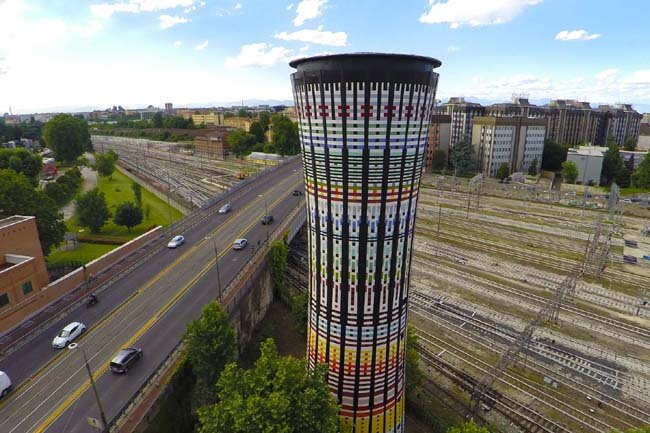Unforeseen Ahead: Maria Hjelmeland
Perry McPartland

These
might just turn out to be exciting times for painters yet. One of
postmodernism’s most exciting leads is its allowance for the possible
appropriation of all past forms, without these forms bearing the defining
limits of their contemporaneous theory. And in so far as postmodernism
represents a critically theoretical response to theory, it most commonly
utilizes the past form as little more than locus and prompt. However in what is
more or less a reverse of contemporary habit, the 26 year old Norwegian, Maria
Hjelmeland, has chosen an involved engagement with the form of abstraction
while discarding the theoretical entelechy of its promulgation. Improvisory, a
seat-of-the-pants-sailing, insouciant, and sustained by a particular
virtuosity, her works of the last year bespeak a personal reformulation of
abstract painting.
Despite
the visual resemblance to the work of the Abstract Expressionists, Hjelmeland�s
paintings aren’t aesthetic mimesis or smug appropriation. Neither do these
distinctly female paintings spring from a criticism or even reaction to what
was a very male dominated field. Without a capitulation to its Spartan tenets
of style and purity on the one hand, and against any vicarious romanticism or
snide refereeing on the other, she simply gambles her talent- and proceeds
unforeseen. Regardless of the familiarity of their form, these paintings’
character and implication are idiosyncratic and fresh, a singular sensibility
emerges that sustains them as genuine works.
To
describe them is to
style=’mso-bookmark:OLE_LINK7′>iterate their diversity and
invention. From the fifteen paintings I have seen, seven distinct and original
abstract styles emerge. And this isn’t the dabbling of mere precocity-rather,
each picture exhibits a mature resolution. Furthermore, it seems to me that it
is through their discrete diversity that their sense is revealed. They are
foremostly visual, highly colored and materially diverse. Not usually large,
they nonetheless have a forthright physical insistence, the surety of their
material handling asserting itself. It is through this touch- as opposed to any
stylistic consistency- that the artist’s signature and the work’s personality
are manifested. In Untitled 7 (2003), the paint lumps, dribbles, swerves gravidly,
streams and thickens. A saturated vermilion makes a brazen slash across
patchwork tones and over a puddled pool of glue, jumping at its combed,
extrovert edges. An A3 sheet of luminescent orange rice paper is wrinkled,
folded, torn and fingered into the paint surface, while the canvas itself is
creased, scored and punctured, further large cuts of canvas are sown back into
the surface. And as a simultaneous arrest and coda, an ochre line of masking
tape guillotines the action and gives the painting an edge 2 inches before its
bottom proper.
A
vigorously chromatic palette is most usual, though experimentation being the
only norm, the palette can shift to the tautly tonal, or even to the lights of
pastoral calm. Aesthetically they are very alluring. Yet Hjelmeland�s balances
her natural flair for the beautiful with a certain intelligence and taste.
While the coloring is measured and seductive- taking its pointers from 19th and
20th century tradition- it has been extended to include the bold and glaring
hues that characterize design and pop art. Acid yellows bee-striped with an
oily liquorice-blue, chocolate mousse splurges pitted with tart pink paw
prints. The moments of elegy that abstraction naturally lends itself to are
visually qualified, or otherwise interrupted by the vulgar or cartoonish-
sometimes even a caustic bite from the Pattern and Decoration Movement.
Contrary
to the majority of Abstract Expressionists, these pictures possess a rare
quality of mood (my feeling being that the greater amount of Abstract
Expressionist work was characterized by sensation as opposed to mood- a big
difference). And although Hjelmeland’s work is likely to strike the viewer as
initially sensational, it has none of Abstract Expressionism’s sublime angst or
its gruellingly necessitated and final quality of image. In her defense, the
mythic and heroic proportions that this implies are probably quite foreign to
Hjelmeland’s sensibility- her resources having their basis in prodigal flair
and quick invention. The voice here is whispered, acute and pudent; as objects
they are intimate and mutual. Rothko said big paintings, in so far as they wrap
around the viewer, are intimate. However that’s a different intimacy- the
sensation of being enveloped completely in their environment. Hjelmeland’s
works, the small pieces in particular, often have the close presence of a
person.
This
mood of theirs is often informed by an unusual spatial quality. Lots of the
works- even some of the square images- tend to encourage a lateral reading,
which engages the eye in such a manner that they seem to take to ages to
traverse; they feel
much longer than they are. It’s a quality to be found in Vermeer and some of
the less overt Twombly’s, and it makes for a lightness and a rare,
contradictory limbo.
There
are some things that her work needs, but these present limitations are the
natural limitations of her short time with the medium. And I’ve decided to
withdraw before suggesting them- the absence of a Thou shallt having so
far been revealed as beneficial, perhaps even formulatingly definitive of her
process.
The
exigencies of painting being so strenuous, and the line that marks quality so
high, any assessment of a young painter can only be provisory. In Hjelmeland’s
case we can only collate and remark: a hazard of natural talent and a
personality of singular invention. And we can keep an eye on her.












